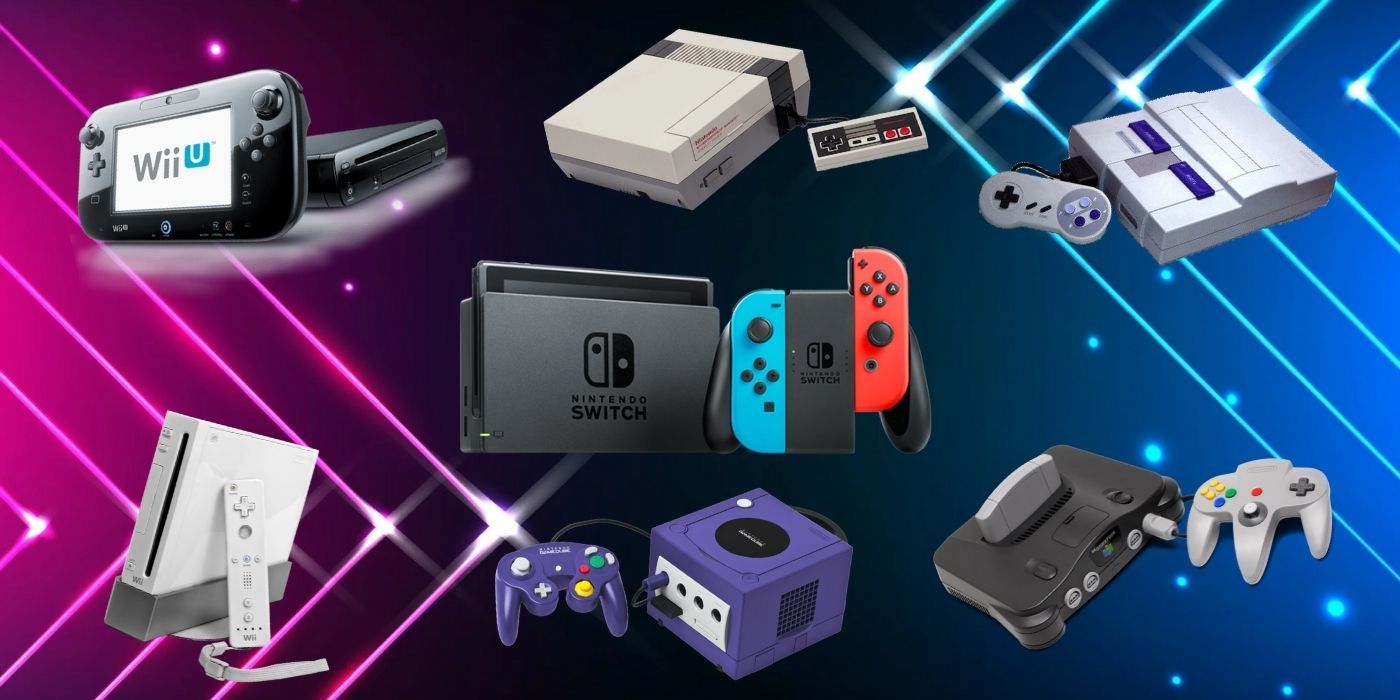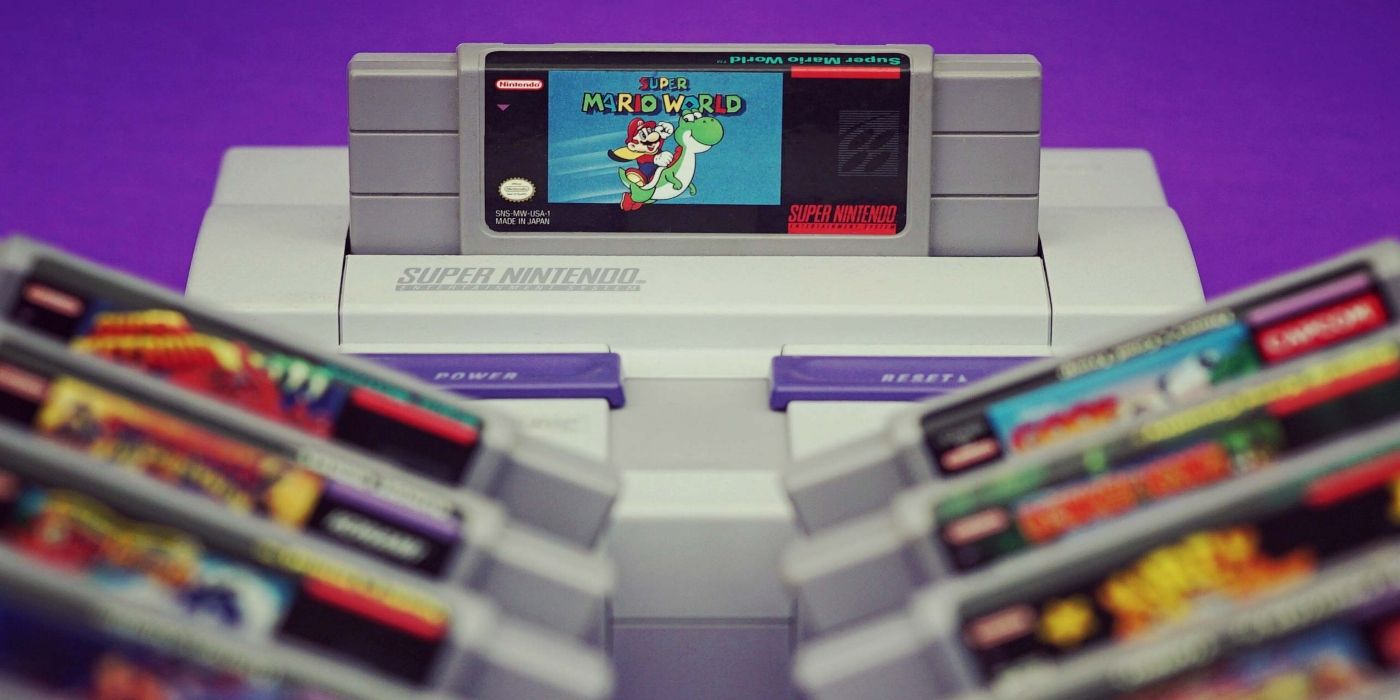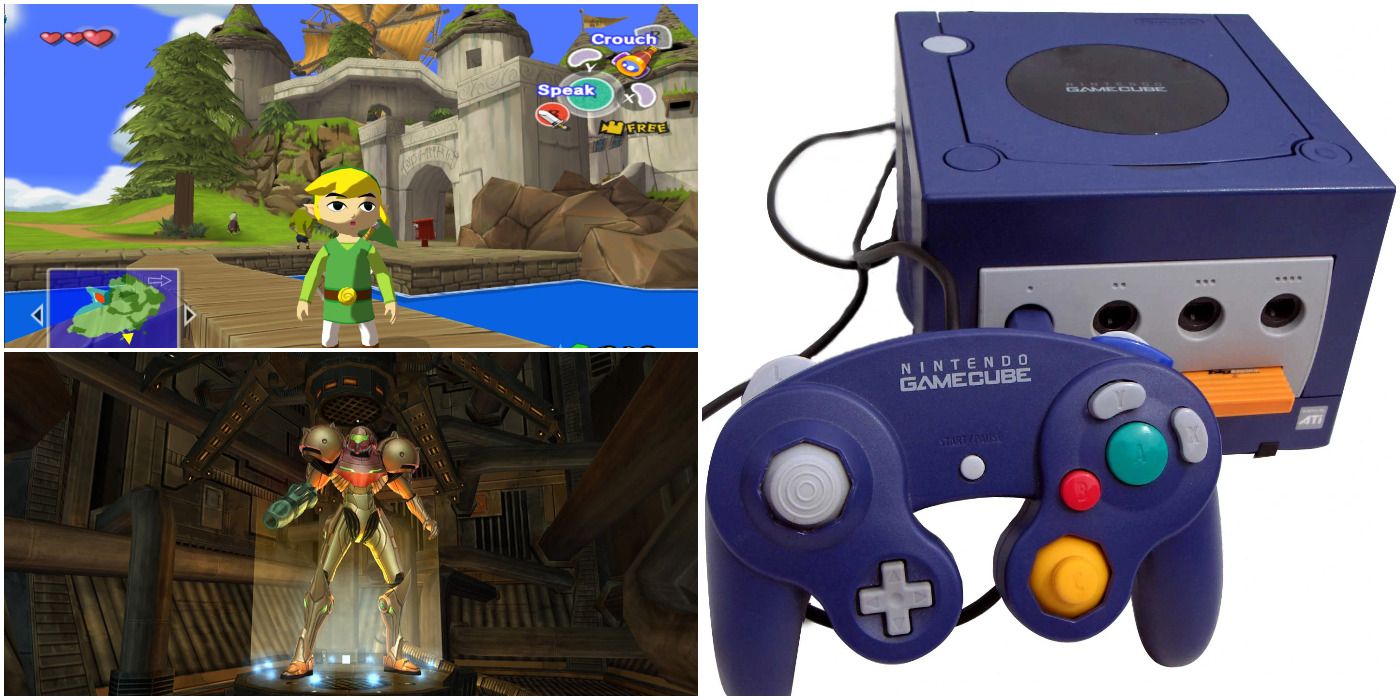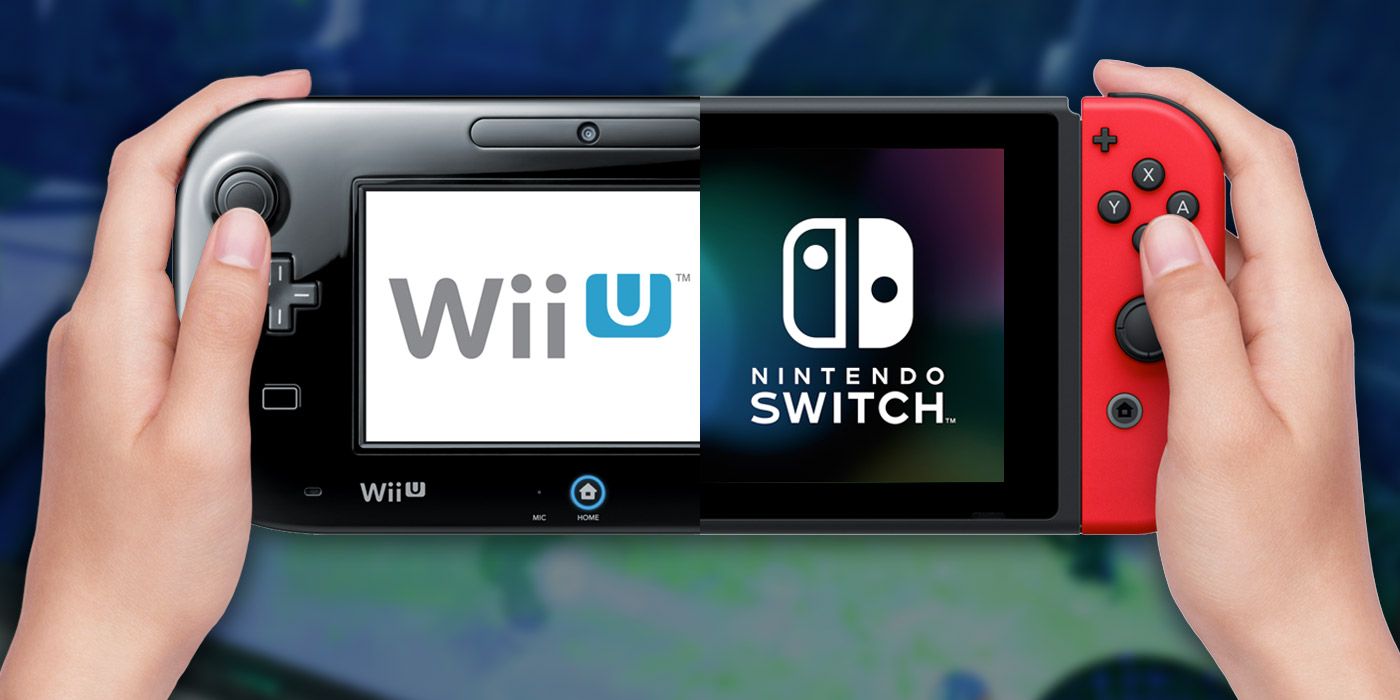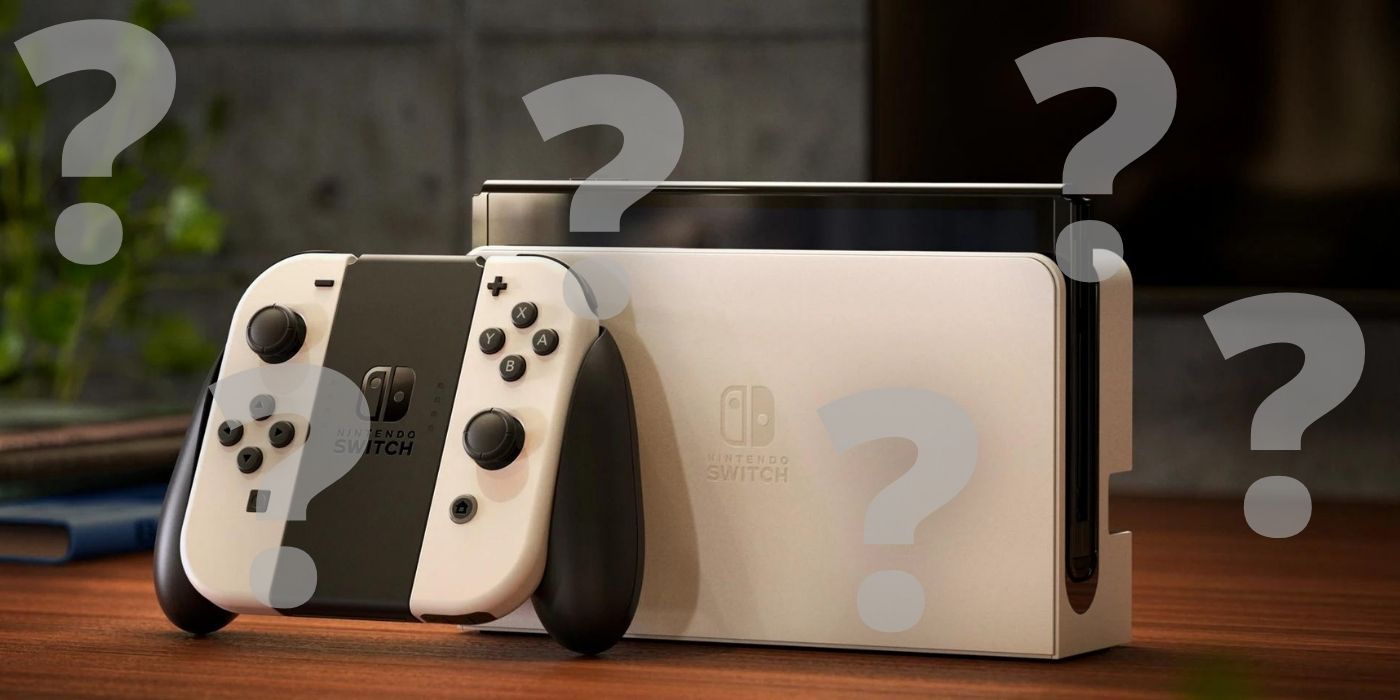Nintendo has been a mainstay on the gaming scene for decades now, with multiple generations having grown up with at least one of the consoles the company has offered. From pioneering the early platformer days on the NES and SNES, all the way to the present success of the Nintendo Switch, great things are typically expected from the company by the gaming public. As much as quality remains a certainty, the pace and schedule of Nintendo's many products is what tends to be shrouded in mystery for players year after year.
Whether it is the month long silences between proper Nintendo Direct broadcasts, or new hardware not being revealed until close to release, there are always questions surrounding Nintendo. That being said, console generations only last so long, so Nintendo will at some point have to cook up a proper console to take the Switch's place. Based on prior console gaps and launches, an educated guess can be made as to when this will be.
Nintendo - 8 Bit to 16 Bit
After the "video game crash" of 1983, the gaming scene almost faded away into a memory while it was still in its infancy. Luckily, Nintendo leaped onto the scene after its success in arcades with Donkey Kong and launched the revolutionary 8-Bit NES onto store shelves in 1985. The console brought gaming into homes, and simultaneously launched franchises such as Super Mario Bros. and The Legend of Zelda.
Naturally, when one company achieves success, others will want to gain a piece of the same pie. Sega tried to compete with the NES with its own Mega Drive, but truly struck gold with the launch of the 16-Bit Sega Genesis in 1989. The Sega Genesis, while more graphically advanced and featuring more technically advanced games, didn't seem to intimidate Nintendo too much at the time. Nintendo comfortably sat on the NES for another two years, only launching its own 16-Bit machine in 1991 with the legendary Super Nintendo.
Nintendo - The Jump to 3D
As time went on, gaming continued to advance and the hardware consistently improved on what was previously available. By the mid 1990's, the biggest push was the transition from 2D to 3D gameplay, with fully interactive and explorable worlds for players to become immersed in. While some efforts were made with the technology available on SNES and Sega Genesis at the time, the first console to truly pull off the 3D effect without tricks or gimmicks was the Sony PlayStation, launching in 1995.
During this fifth generation of gaming, Nintendo's offering was the Nintendo 64. The console began development sometime in 1993 and was actually nearing completion in 1995, which would have Nintendo not letting Sony get too much of an upper hand. However, Nintendo went against launching the same year and chose to delay the Nintendo 64 into 1996, leading to an extra year of internal development. In the end, this led to some advantages over the PS1 and arguably more impressive 3D graphics overall.
The GameCube similarly didn't launch alongside the PlayStation 2 in 2000, but the following year instead. This isn't as unique a quality this time, as the first Xbox was also released in 2001. However, the notable thing about Nintendo's approach this time is how it stuck to doing its own thing, not simply trying to one up its competitors in terms of pure horsepower. In comparison to the PS2 and Xbox, the GameCube was compact and lightweight and the games were stored on "miniDVD" discs, leading to much faster loading times.
Nintendo - The HD Generation
Five years after the GameCube, Nintendo released the Wii in 2006 to massive success, selling well over 100 million units (dwarfing the GameCube's 21 million). During this generation, Nintendo's success with motion controls and more casual experiences carried the company favorably through a gaming landscape otherwise focused on HD visuals. The Xbox 360 and PS3 were immensely more powerful than the Wii, but as with past console generations Nintendo didn't seem bothered by this, especially considering how well the Wii was doing in its own way.
At this point in Nintendo's history, this marked a serious turning point in the company's console generations, indicating in how the company has done business going forward. At the tail end of the 360/PS3 lifecycle in 2012, Nintendo released the Wii U, which unfortunately underperformed by only selling 13 million units overall. This was largely in part due to a poor launch lineup of games, and the confusing marketing with the name "Wii U" making it seem like an add-on to the prior console.
The Wii U struggled for the next few years until Nintendo turned things around with the Nintendo Switch in March 2017. Since then, it has sold extremely well, something which Nintendo surely wants to continue and not return to the woes of the Wii U. Although the Switch's launch was awkwardly sandwiched between the PS4/Xbox One and PS5/Xbox Series X generations, Nintendo is unphased and more focused on doing its own thing.
Nintendo - Predicting The Future
Bearing all of this in mind, a few variables can be considered when guessing the date of Nintendo's next console launch. Nintendo doesn't play by the rules of others and likes to do its own thing. Whether it be sticking to cartridges or focusing on motion controls over HD graphics, it's never clear what left-field idea the company will follow next. However, the average gap between all of Nintendo's home consoles has been roughly six years. With the Switch having launched in 2017, that six year timeline will be coming to a close by 2023, a mere two years from now.
The recent announcement of the Switch OLED model feels more like a hold-over or secondary option and less of an upgrade in the same sense that the PS4 Pro was to the base PS4. Furthermore, Nintendo won't launch a new console next year in 2022, so soon after the OLED model as that would seem redundant. Combine this with Nintendo stating to continue supporting the Switch beyond 2023, which also lines up with the usual lifespan of its past consoles. Although Nintendo likes to play things close to the chest, it would be a safe bet to expect the Switch's proper follow up within the next couple of years.
The Nintendo Switch OLED model launches on October 8, 2021.




